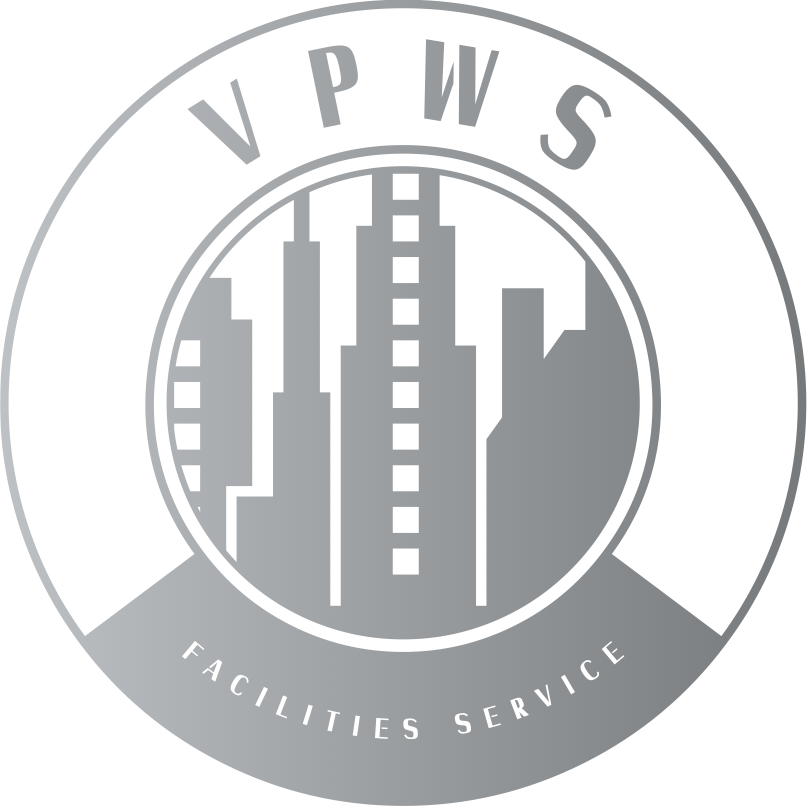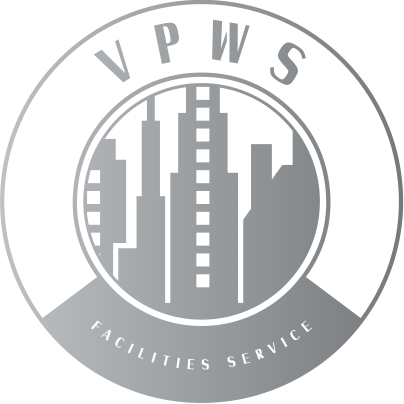Common Surfaces That Benefit from Industrial Pressure Washing
Over time, outdoor surfaces can accumulate dirt, grime, mold, and stains that are difficult to remove with standard cleaning methods. Industrial pressure washing is a highly effective solution for restoring the appearance of various surfaces, particularly in commercial and industrial environments. Using powerful water jets, pressure washing can remove stubborn dirt and debris, leaving surfaces clean and well-maintained. Several common surfaces benefit from industrial pressure washing, from concrete walkways to building facades. In this blog, we'll explore the surfaces that can see the most impact from this cleaning method and why it's important for property maintenance.
How to Effectively Pressure Wash Industrial Surfaces
Pressure washing is an efficient method for cleaning large industrial surfaces, helping to remove built-up dirt, grime, and tough stains. However, achieving the best results requires using the right equipment, techniques, and precautions to avoid damaging the surface—different surfaces and types of dirt demand specific approaches to ensure a thorough cleaning. Knowing how to approach each situation is essential for maintaining both cleanliness and the integrity of industrial surfaces.
Choosing the Right Equipment and Pressure Settings
The first step to effective pressure washing is selecting the correct equipment and pressure settings for the surface you're cleaning. Different surfaces require different levels of pressure to avoid damage. Concrete can handle higher pressure, while softer materials like wood or painted surfaces need lower settings to prevent stripping or gouging. Industrial pressure washers come in various models, offering adjustable pressure settings. Selecting the correct pressure level ensures you clean the surface thoroughly without causing any harm. In addition to pressure settings, the type of nozzle you use plays an important role in the outcome. A wide-angle nozzle covers larger areas and is suitable for light dirt, while a narrower nozzle provides more focused pressure for tough stains.
Pre-Cleaning Assessment
Conducting a pre-cleaning assessment of the area before beginning the pressure washing process is crucial. This includes inspecting the surface for any damage, cracks, or weak points that could worsen under the force of high-pressure water. Identifying these areas beforehand allows you to adjust your cleaning approach or avoid those spots altogether. For example, damaged concrete may need to be patched before pressure washing, while delicate surfaces might require lower pressure or gentler methods. Moreover, any debris or loose dirt from the surface must be removed to ensure a more effective cleaning. Sweeping or using a leaf blower can clear the area and help the pressure washer more effectively target the embedded dirt and stains.
Using the Appropriate Cleaning Solutions
Water alone may not be enough for industrial surfaces that are heavily soiled with grease, oil, or stubborn stains. Incorporating the appropriate cleaning solutions can make a significant difference. Industrial-grade detergents are often used in conjunction with pressure washing to break down tough grime and stains. These solutions are applied to the surface before the pressure washing begins, giving them time to penetrate and loosen the dirt. When using cleaning solutions, ensure they are compatible with the surface material and environmentally safe. Harsh chemicals can damage certain surfaces or harm surrounding plants and ecosystems. Once the cleaning solution has been applied and allowed to work, a thorough rinse with the pressure washer removes both the solution and the dirt, leaving the surface clean.
Proper Technique for Pressure Washing
The technique is critical for effective pressure washing. Hold the pressure washer's wand at the correct distance from the surface—typically around 12 to 18 inches, depending on the pressure level. Keeping the wand too close can damage the surface, and holding it too far away reduces the effectiveness of the cleaning process. Maintaining a consistent distance and moving in smooth, overlapping strokes ensures even coverage and a thorough clean. When tackling large industrial surfaces, work in sections. This method helps maintain control over the cleaning process and ensures no areas are missed. Start from the top of vertical surfaces, such as walls, and work your way down, allowing the water and cleaning solution to flow downward and avoid streaks.
Post-Washing Inspection and Care
After the pressure washing is complete, inspect the area to ensure that all dirt and stains have been removed. If any spots were missed or require additional cleaning, now is the time to readdress them. Check for any damage that may have occurred during the washing process, especially on older or worn surfaces, and make any necessary repairs. Once the surface has dried, you may also want to apply a protective coating or sealant. For surfaces like concrete, adding a sealant after pressure washing can help prevent future staining and extend the life of the material.
Maintaining Industrial Surfaces With Pressure Washing
Regular and effective pressure washing helps maintain the appearance, cleanliness, and longevity of industrial surfaces. You can achieve a deep, thorough clean without risking damage by selecting the right equipment, using proper cleaning solutions, and employing the correct techniques. A consistent pressure washing schedule keeps surfaces looking their best and prevents costly repairs by preserving the integrity of the materials over time.
Six Common Surfaces Ideal for Pressure Washing
Pressure washing is one of the most effective methods for cleaning various surfaces, especially in industrial and commercial settings. This cleaning technique uses high-pressure water to remove dirt, grime, mold, and even old paint, making it an ideal solution for maintaining the appearance and longevity of surfaces exposed to the elements. Some surfaces benefit more than others from pressure washing due to their durability and the level of buildup they often accumulate. Below are six common surfaces that are ideal candidates for pressure washing.
1. Concrete Driveways and Walkways
Concrete is one of the most durable surfaces but is also prone to dirt, oil stains, and grime accumulation over time, especially in high-traffic areas like driveways and walkways. Regular pressure washing can restore the appearance of concrete by removing stains, dirt, and moss, helping prevent long-term damage caused by contaminants that settle into the porous material. This process not only improves the aesthetic appeal of your property but also enhances safety by reducing slippery surfaces caused by grime and algae buildup.
2. Building Exteriors
Building exteriors, especially those made of brick, stucco, or siding, are exposed to environmental elements like dirt, rain, and pollution that can cause discoloration and staining over time. Pressure washing is ideal for removing grime, mold, and mildew layers that can accumulate on these surfaces. By pressure washing a building's exterior, you can not only improve its curb appeal but also protect the structure from damage caused by prolonged exposure to contaminants.
3. Parking Lots and Garages
Parking lots and garages accumulate oil, grease, and tire marks over time due to their heavy use and exposure to vehicles. Pressure washing is an effective solution for cleaning these hard-to-remove stains and maintaining a clean, safe surface for both cars and pedestrians. Regular pressure washing in these areas also helps prevent slip hazards and improves the professional appearance of commercial properties.
4. Decks and Patios
Wooden decks and stone patios are other surfaces that greatly benefit from pressure washing. Over time, these outdoor spaces can collect dirt, algae, and mildew, especially in shaded or damp areas. Pressure washing can refresh these surfaces by removing built-up grime and restoring natural beauty. However, using the correct pressure setting is important to avoid damaging softer wood materials. With the right technique, pressure washing can significantly extend the life of decks and patios.
5. Fences
Wooden, vinyl, and metal fences can become discolored and dirty due to constant exposure to the elements. Pressure washing removes dirt, moss, and mildew, which can accumulate on fences over time. For wooden fences, using a lower-pressure setting is important to avoid damaging the wood while still achieving a deep clean. A regular pressure washing schedule can help maintain the fence's structural integrity and keep it looking new.
6. Industrial Equipment and Machinery
If not regularly cleaned, industrial equipment and machinery are often exposed to grease, oils, dirt, and other contaminants that can affect performance. Pressure washing is an efficient method for maintaining the cleanliness and functionality of large industrial machinery. The high pressure of the water helps remove layers of grime that may be difficult to clean by hand, ensuring that the equipment remains in optimal condition and extends its operational life.
The Value of Pressure Washing for Multiple Surfaces
Pressure washing is an effective and versatile cleaning solution for various surfaces, from concrete driveways to industrial equipment. By maintaining these surfaces with regular pressure washing, you not only enhance their appearance but also prolong their lifespan and prevent costly damage. Each surface has its own pressure requirements and considerations, but pressure washing offers a thorough and lasting cleaning.
The Importance of Pressure Washing in Industrial Settings
Pressure washing is a crucial maintenance practice in industrial settings, where surfaces are exposed to heavy use, dirt, grime, and environmental contaminants. Regular pressure washing not only enhances the appearance of industrial facilities but also plays a vital role in preventing safety hazards, protecting the integrity of surfaces, and extending the life of equipment and infrastructure. From cleaning concrete floors and building exteriors to maintaining machinery, pressure washing ensures a clean, safe, and efficient working environment.
For more expert tips and insights on maintaining industrial spaces, visit our VPWS Commercial Cleaning blog and discover how professional cleaning services can help keep your facilities in top condition.



